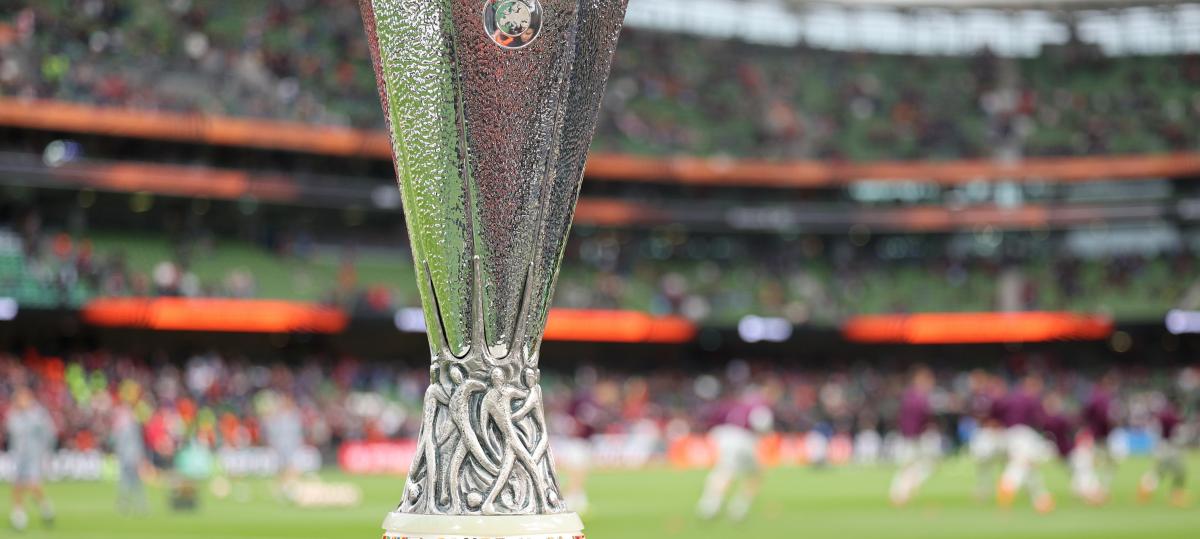Wind farms on the North Sea appear to be a hiding place for sharks and rays: they are in any case ‘not being caught as by -catch’
:format(webp)/s3/static.nrc.nl/wp-content/uploads/2025/05/02110533/data131660357-451687.jpg)
It is « not so sensible » to suddenly wait on the Dutch coast until you get giant sharks. « We don’t know if they’re there now, » says researcher Annemiek Hermans. But that they have been there is certain. « The good news is that sharks and rays are not deterred by the presence of wind farms at sea, but use it, » says the PhD student of Wageningen University. She investigates whether electromagnetic fields of power cables in particular have a disruptive effect on the presence of the nine species of sharks and nine species of rays that live in the North Sea. « That doesn’t seem like that. »
Although marine animals have a « bad time » when the wind farms are constructed, « mainly because of the sound of pile driving and depositing stone, » but then there is probably a « positive effect » of the ban to fish near wind farms. « Some sharks and rays lay their eggs on the seabed. These eggs can grow up without a disturbance. They are not fished as by -catch by the soiling fishing. »
That researcher Hermans has come to this finding is due to an apparently fairly simple form of research. « Fantastic, because you don’t have to catch animals for it. » How then? « You get one and a half liters of seawater through a very nice filter in which very small pieces of fish remain, such as mucus, blood, pee and poo. We areolates DNA from those pieces that we match the DNA from a database of species. »
As long as the fishing remains forbidden in wind farms, and sharks and rays are not fished as by -catch, wind farms will assume added value
For example, she discovered that, among other things, the giant shark last winter visited one of the wind farms in the North Sea, namely the Hollandse Kust Zuid wind farm, at eighteen to thirty -six kilometers from the coast between Zandvoort and The Hague. It is a ‘beautiful and cool’ animal, according to Hermans, that can be about ten meters long. The shark feeds with small fish and plankton, thirty kilos a day, and travels different routes from the west coast of Scotland, including to the Netherlands, as a « seasonal guest ». Who wants to see the animal must look at the documentary on Sunday evening The Wild North Seaon NPO1.
By accident
In short, it seems that there should not be any fishing at wind farms. More than 5 percent of Dutch continental flat, says Hermans, will be under the influence of electromagnetic fields from power cables in wind farms in 2030. « That is quite a lot. » One of Hermans’ promoters at Wageningen University is also moderately positive.
« As long as fishing remains forbidden at wind farms, and sharks and rays are not fished as by catching, wind farms are added to add value and the wind farms are more or less accidentally a protected nature reserve, » says Tinka Murk, professor of ecology of Marine Animals at Wageningen University.
She adds that there is not much of the protection of officially designated Natura2000 areas along the coast ‘bizarre enough’-referring to an intention of State Secretary Jean Rummenie (Fisheries, BBB) to continue to allow shrimp fishing in these areas. « While that protection is desperately needed. »
Hyperactive
Yet there are still a comment on the good news about wind farms. Researcher Annemiek Hermans: « There are subtle effects that we cannot yet demonstrate, but still seem to be. The embryos in the eggs of spine rays become hyperactive under the influence of electromagnetic fields. That is of course not good. »
It must also be awaited to what extent the travel behavior of sharks and rays are confused by these electromagnetic fields. Hermans: “Sharks and rays have the senses with which they detect electrical and magnetic fields. With that they find prey under the sand. And they use them as a compass to migrate over long distances. If they get confused by electromagnetic fields of wind farms that they pass, they get tired or rogged to their punches (in case of case. In the Oosterschelde, for example, the moment there is enough food and the right temperature for a large chance of survival of their puppies. ” Further investigation must show that.
Professor Tinka Murk: “The question is how marine animals interpret the electromagnetic fields. Can they get used to electromagnetic fields that are often perpendicular to existing earth’s magnetic fields? Do they swim around it as we walk around a tree? swimming. ”
Anyway, research into the effects of wind farms on sharks and rays is of great importance, says Annemiek Hermans. « Because more and more wind farms are coming to sea. And shark populations are already doing very badly worldwide, because many sharks are caught for their flesh or their fins. »
Read also
A bat flies ‘Knoerthard the North Sea’ and then comes across a wind farm


/s3/static.nrc.nl/images/gn4/stripped/data131886081-79ae39.jpg)
/s3/static.nrc.nl/images/gn4/stripped/data131951953-3b46c6.jpg|https://images.nrc.nl/C9GbuZVX-UxAzpGhdwMmoAQHNMQ=/1920x/filters:no_upscale()/s3/static.nrc.nl/images/gn4/stripped/data131951953-3b46c6.jpg|https://images.nrc.nl/fw99ykWQ_xiWvwZarJOltOiatUA=/5760x/filters:no_upscale()/s3/static.nrc.nl/images/gn4/stripped/data131951953-3b46c6.jpg)




